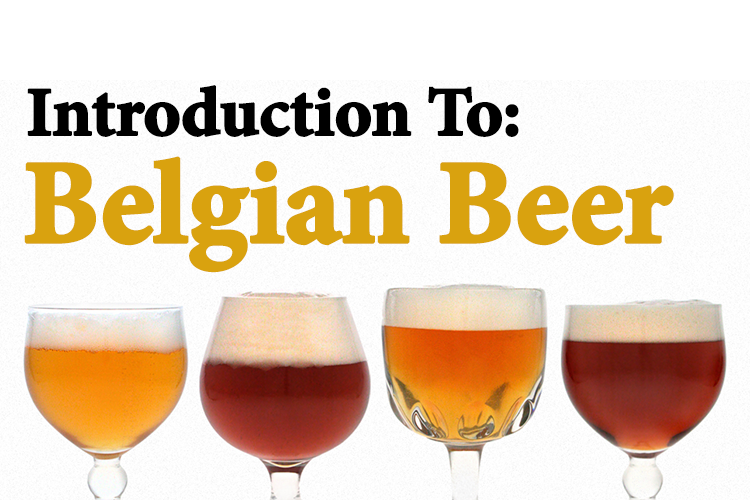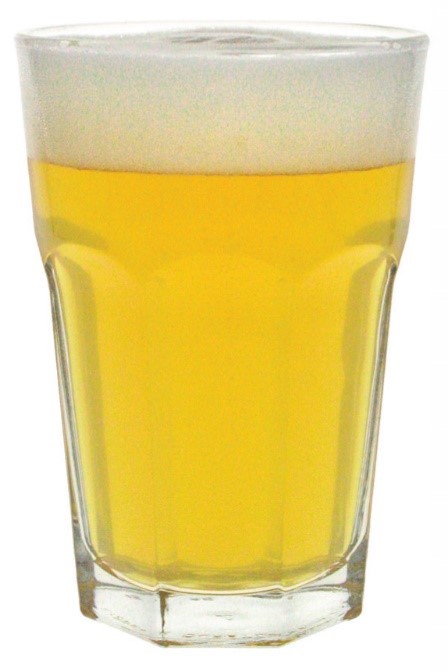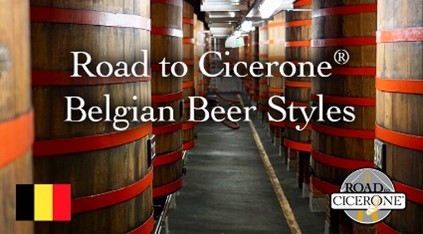
Belgian Beer - The Basics
"The Basics" series of posts from the Cicerone Certification Program introduces various beer topics for those just beginning to learn about the beverage. Those who sell and serve beer for restaurants, bars, wholesalers, importers, and breweries can master these topics with additional training and professional certification through Cicerone.
Belgium has a long tradition of artisan brewers exercising their diverse tastes. Relying on local ingredients and producing only for local tastes, they crafted a range of beers that often defy classification by beer style. While the Belgian market today, much like elsewhere in the world, is dominated by various forms of International Pale Lager, numerous smaller brewers offer a selection of unique and historical beers.
While a wide range of beer styles stem from the Belgian tradition of diverse, artisanal, and farmhouse recipes, these unique and historical beers from Belgium tend to have some things in common:
- The alcohol content of most styles exceeds 6% ABV.
- Many feature higher-than-normal carbonation and aren't very bitter, making them ideal for pairing with a range of food!
- The yeast used produces many fruity fermentation flavors (think citrus, pear, and banana) and sometimes spicy flavors reminiscent of black pepper or cloves.
- Sugars are often added to recipes (although because of fermentation, the sugars make the finished beer dry, not sweet); fruits and even spices often appear in recipes adding further depth and flavor complexity.
- Fermentations can include organisms other than brewer's yeast, such as Brettanomyces and Lactobacillus.
These non-traditional ingredients and processes create unique flavors in Belgian beers.
The following are some of the most common Belgian-style beers you'll encounter in most markets.
 Witbier (also known as Belgian White): Belgian brewers often use novel ingredients in their beers, and this one features both wheat and spices. In addition to wheat, Witbiers often include spices for aroma and flavor. Classically, brewers use coriander (seed) and orange peel at levels that range from subtle to obvious.
Witbier (also known as Belgian White): Belgian brewers often use novel ingredients in their beers, and this one features both wheat and spices. In addition to wheat, Witbiers often include spices for aroma and flavor. Classically, brewers use coriander (seed) and orange peel at levels that range from subtle to obvious.
Witbiers are generally light and refreshing, with low bitterness. The wheat in Witbier contributes a cloudy haze to the beer. "Wit" means "white" in Flemish, and "white" is a common name for beers made with wheat.
Some brands of Witbier include Hoegaarden Wit, Allagash White, Hitachino Nest White Ale, and Blue Moon Belgian White.
Saison: This Belgian style combines hop and fermentation flavors to produce a dry, refreshing beer with a complex but often subtle flavor profile. Like many Belgian ales, brewers ferment this style with yeast strains that produce fruitiness and a black-pepper-like note in the aroma. European-style hops impart spicy, floral, or herbal flavors to the beer. This style is generally highly carbonated with little sweetness or malt flavor. Sometimes brewers include spices or other grains in their Saisons.
Some brands of Saison include Saison Dupont, Brooklyn Sorachi Ace, Boulevard Tank 7, and Ommegang Hennepin.
Belgian Blond Ale: Brewers created Belgian Blond Ale in the mid-20th century to compete with popular European golden lagers that dominated the Belgian beer market. Gold in color and malt balanced, most commercial examples will feature grainy, honey-like malt flavors combined with fruity and spicy yeast character. Belgian yeast strains play an essential role in defining the overall flavor of the style. However, this character tends to be restrained compared with other Belgian styles.
Some brands include Leffe Blonde, Grimbergen Blonde, and La Trappe Blond.
Are you ready to learn more about Belgian beer? Our Road to Cicerone: Belgian Styles course presents a comprehensive view of Belgian beer styles and culture. It reviews the key ingredients and important brewing processes—the origin of the flavors of these beers. It also includes a thorough discussion of beer styles, covering the many varied styles of this small country. Each unit contains readings or suggested activities. You can complete it at your own pace and earn a digital badge after passing the end-of-course quiz!


Comments
Leave a Comment or Question!
All fields required.